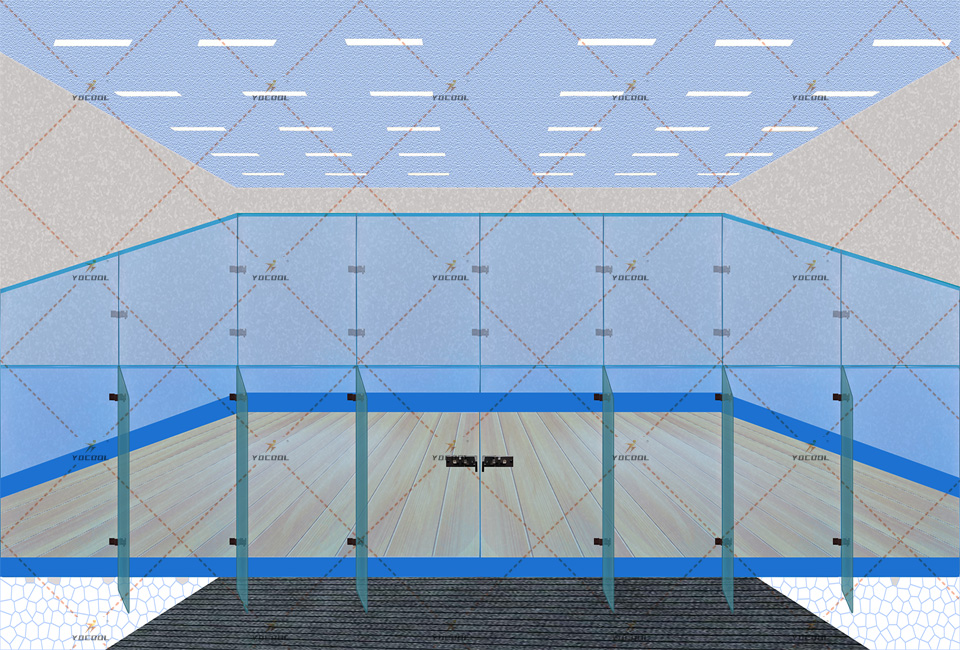

The Rise of Paddle Innovation in Chinese Table Tennis
Table tennis, also known as ping pong, has deep cultural roots in China. Over the decades, the sport has transformed into a national passion, giving rise to some of the world’s finest players and cutting-edge equipment, particularly in paddle technology. The paddle, a vital component of the game, is often seen as an extension of the player’s arm, enabling them to execute a wide range of techniques from spin to speed. In this article, we will explore the evolution of paddles in Chinese table tennis and their impact on the sport.
Historical Background
Table tennis was introduced to China in the early 20th century and quickly gained momentum among the youth. By the mid-20th century, organized competitions began to sprout, and China emerged as a force in the international table tennis arena. As players became more skilled, the search for improved equipment intensified. The paddle, or bat, underwent a series of innovations, reflecting the evolution of playing techniques and strategies.
Materials and Design
Chinese table tennis paddles have evolved from simple wooden designs to sophisticated constructions that involve advanced materials. The traditional paddle consisted of a solid wood blade and rubber surfaces, but modern paddles now incorporate a blend of materials—such as carbon fiber and aramid fibers—resulting in enhanced performance features. These innovations provide players with improved control, power, and spin, enabling them to execute intricate and powerful shots that were once unimaginable.
The choice of rubber is another critical factor in paddle design. Chinese manufacturers produce various types of rubber, each designed to provide unique playing characteristics. For instance, some rubbers offer exceptional grip for generating spin, while others focus on speed or control. Players often experiment with different rubber and blade combinations to tailor their paddles to their specific playing style, reflecting the sport's intricate balance between personal preference and technological advancement.
Influence of Training Programs
China’s commitment to table tennis extends beyond paddle innovation to extensive training programs. Young talents are scouted early, often starting their training at a very young age. These athletes have access to the latest paddle technology, allowing them to hone their skills with the best equipment available. Training routines are meticulously designed to complement the technological advantages of modern paddles. Coaches emphasize technique and adaptability, ensuring that players can make the most of their equipment under varying competition conditions.

Global Impact and Competitions
As Chinese players dominate the international stage, their mastery of the game has led to a ripple effect on a global scale. Other countries, keen to enhance their own competitive edges, are increasingly investing in high-quality paddle technologies and employing similar training methodologies. Tournaments and competitions have seen a surge in performances thanks to these advancements, with players pushing the boundaries of what’s possible in the sport.
Chinese paddles have become synonymous with success; players from different countries often look to Chinese brands as benchmarks when selecting equipment. The consistent results achieved by Chinese athletes in international competitions have solidified the reputation of home-grown paddle technology, proving that the right equipment can make a significant difference in performance.
Future Trends
Looking ahead, the future of paddle technology in table tennis seems promising. As researchers and engineers continue to explore new materials and designs, the focus on ergonomics, sustainability, and performance enhancement is paramount. The integration of smart technology—such as sensors that can track performance metrics—could soon become commonplace, offering players new insights into their game and paddle effectiveness.
Moreover, as environmental concerns rise, the demand for sustainable materials in paddle manufacturing is likely to increase. Innovators are already exploring biodegradable and eco-friendly components that could redefine paddle production while maintaining high performance levels.
Conclusion
In conclusion, the evolution of paddles in Chinese table tennis reflects not only technological advancements but also the cultural significance of the sport. The meticulous design, diverse materials, and integration of training regimes have brought unprecedented levels of performance to the game. As innovations continue to emerge, the future of table tennis equipment, particularly paddles, promises to enhance the sport even further. The journey of paddle innovation is a testament to China's commitment to excellence in table tennis, contributing significantly to both the national pride and the global table tennis community.
High-Performance Industrial Flooring Solutions China Paddle Tennis Court for Sale
High-Performance Industrial Flooring Solutions Durable & Cost-Effective
Homogeneous Transparent Floor – Durable & Stylish Rubber Floor Solutions
Premium Homogeneous Transparent Floor for Durable & Stylish Spaces Rubber Floor Solutions
Premium Sports Floor Solutions Durable PVC Sports Floor & Rubber Floor for Gyms
Durable Rubber Composite Floor Premium Rubber Floor & Mats Solutions